10 Winter Superfoods You Should Be Eating Right Now
Here are 10 winter superfoods that pack a nutritious punch.
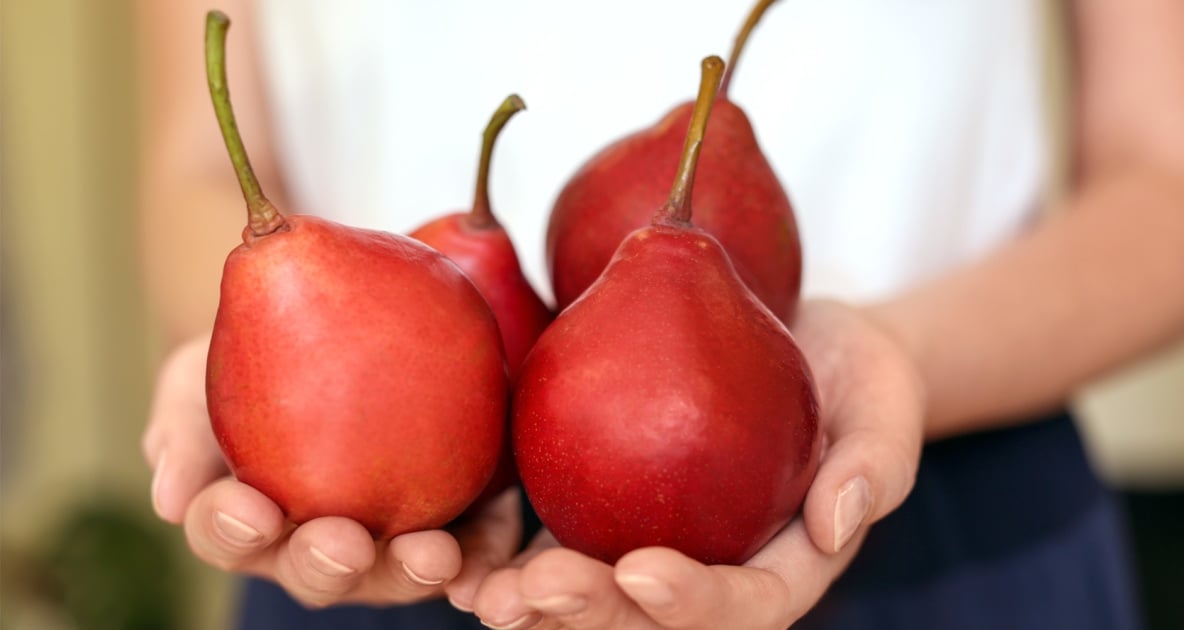
Even in the frosty winter season, you can relish in the goodness of healthy, fresh produce. Don’t let the chill deter you, as there’s an abundance of delectable fruits and vegetables available to tantalize your taste buds! We’ve carefully handpicked the top 10 winter superfoods that pack a punch in terms of nutrition, and we’ll also provide you with some imaginative ways to prepare them.
Our Top 10 Superfoods for Winter
1. Pears
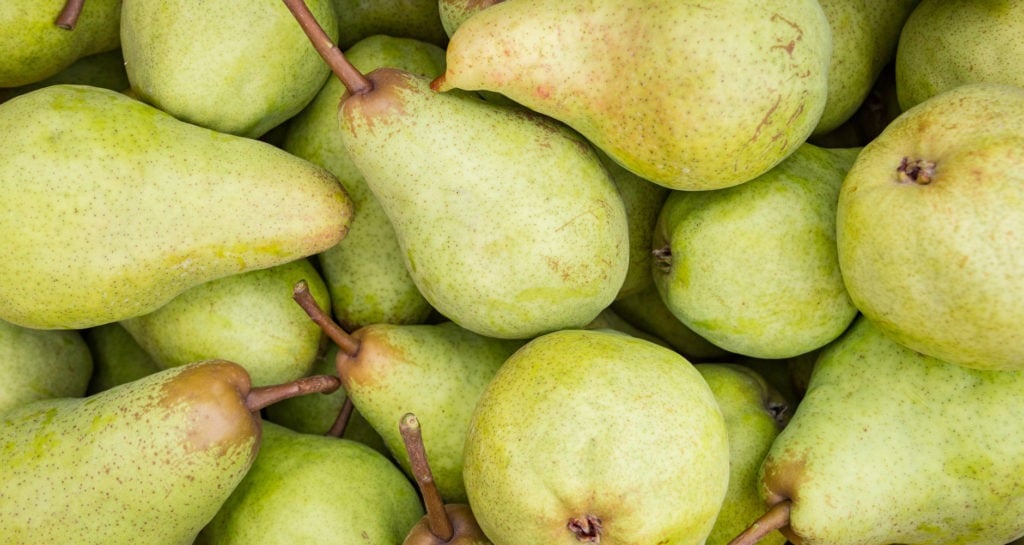
Pears, including Asian pears, are rich in fiber and essential nutrients like Vitamins C and K, copper, and potassium. The high fiber content in pears is crucial for maintaining a healthy heart, intestines, and blood pressure levels. Additionally, fiber aids in the absorption of vitamins and minerals from the food we eat. Vitamin C, known for its antioxidant properties, helps eliminate free radicals and reduces the risk of cancer. It also facilitates iron absorption in the body. Vitamin K and copper are vital for bone and blood health and energy production. While Asian pears share the same nutritional profile as other varieties, they stand out for their crisp texture, reminiscent of apples. Consider adding diced or grated Asian pears to your next pork, seafood, or vegetarian stir fry.
2. Chia
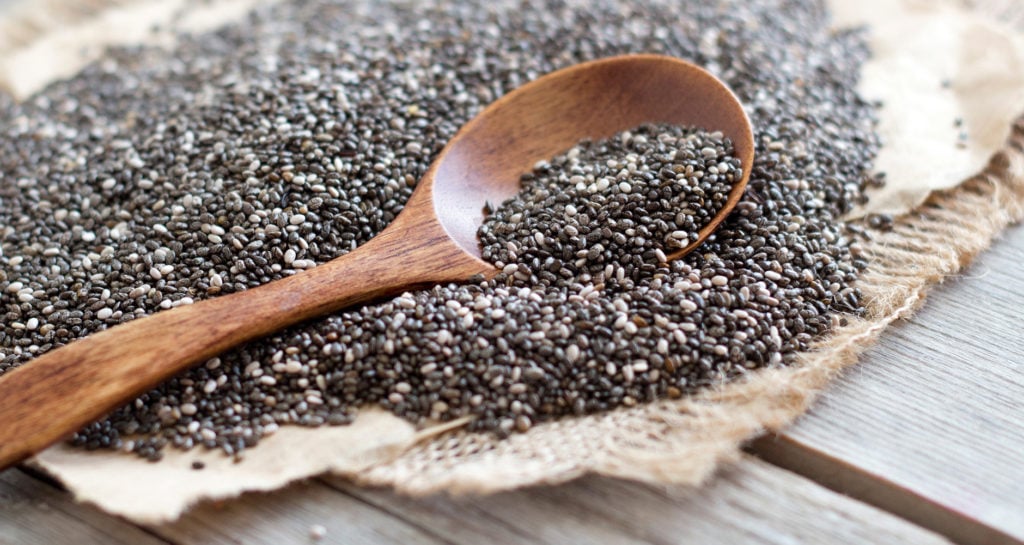
If your only exposure to chia seeds is using them to grow a Chia Pet™, you’re not alone. Originally from Central and South America, these little seeds were initially exported to the United States for decorating houseplants. However, chia seeds are not only decorative but also a great source of nutrients. They are rich in omega-3 fatty acids, which support heart health, flexible joints, and optimal brain function, among other benefits. Additionally, chia seeds provide dietary fiber, protein, calcium, phosphorus, and manganese. These incredible seeds can be enjoyed raw but are typically added to smoothies, oatmeal, or muffins for a delicious and nutritious boost.
3. Avocado
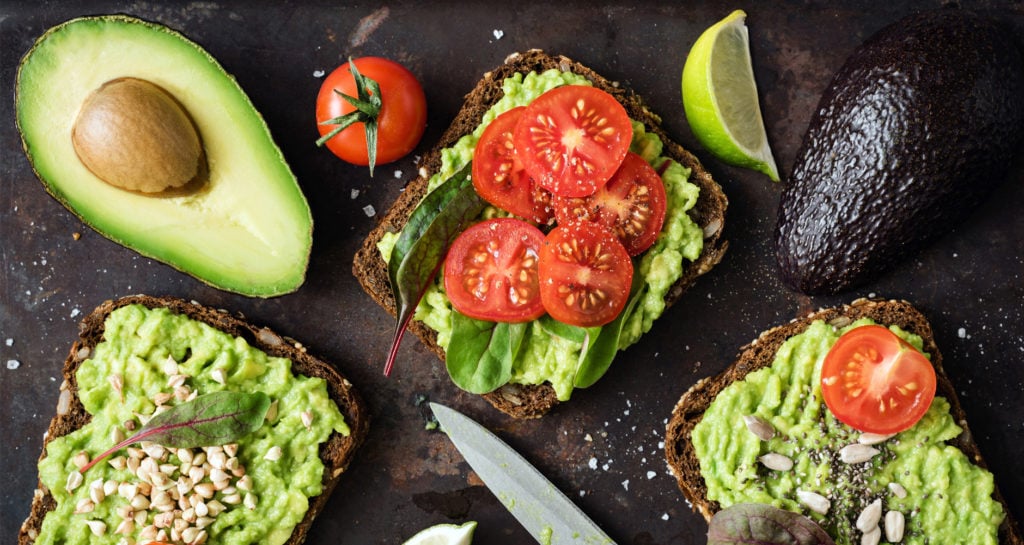
Not only do avocados taste delicious, they are also incredibly nutritious. They are packed with folate, potassium, vitamin E, lutein, and magnesium. Additionally, they are rich in fiber and healthy monounsaturated fats, which can help to reduce bad cholesterol and increase good cholesterol levels. Moreover, avocados are loaded with antioxidants that combat harmful free radicals in the body. Regularly consuming avocados can provide protection against heart disease, cancer, degenerative eye and brain diseases, and more. Get this easy recipe.
4. Cabbage
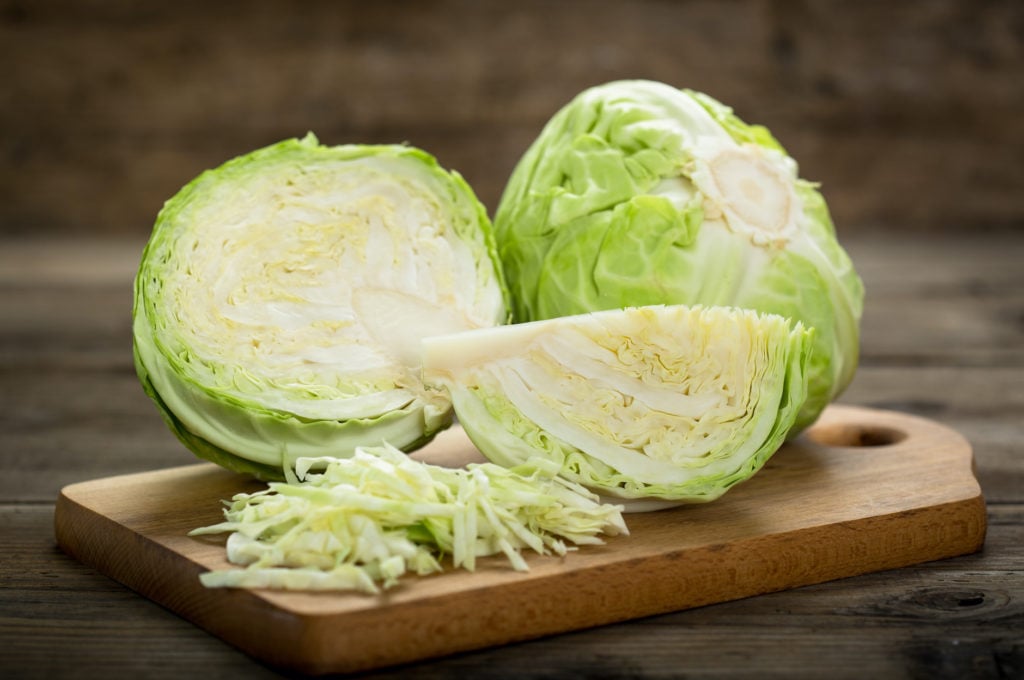
If you are truly trying to improve your diet, adding this cruciferous vegetable to your meal plan is a good place to start. One cup of shredded raw cabbage contains 190% of the recommended daily amount of vitamin C. Cabbage is the second most economical cooked vegetable in terms of price per edible cup (second only to potatoes). This relatively low economic cost makes this cruciferous vegetable a nutritional bargain. Add it soups, make cole slaw, or stuffed cabbage rolls!
5. Citrus
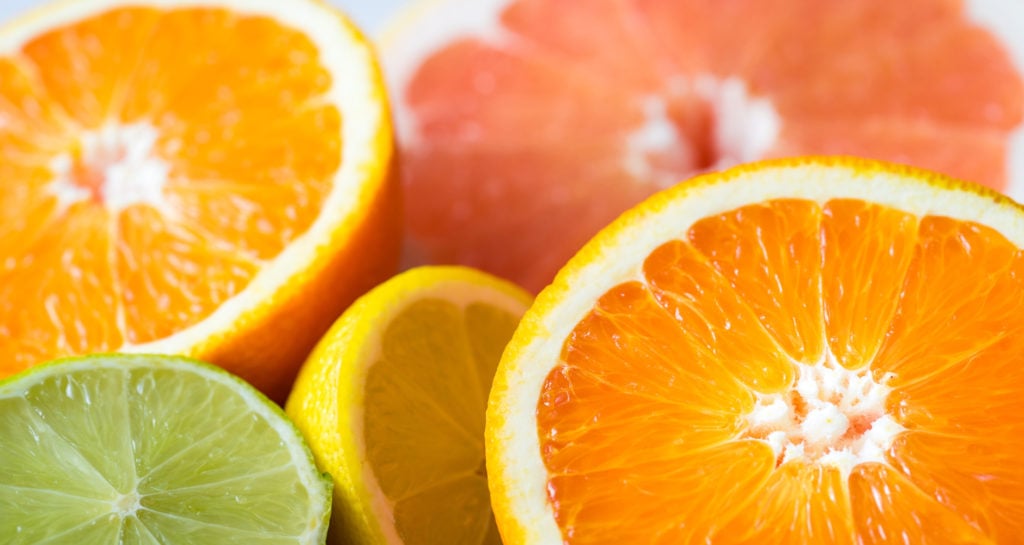
At a time when fresh fruits and vegetables are scarce, citrus fruit can provide essential nutrients that are otherwise hard to find. Centuries ago, sailors relied on citrus fruit during long voyages to prevent scurvy when fresh vegetables were scarce. Oranges and other citrus fruits are rich in vitamin C, a vital nutrient that supports the production of collagen. Collagen is necessary for the development and maintenance of strong and healthy body tissues such as skin, blood vessels, bones, ligaments, tendons, and teeth. It also aids in their repair after an injury.
6. Pomegranates
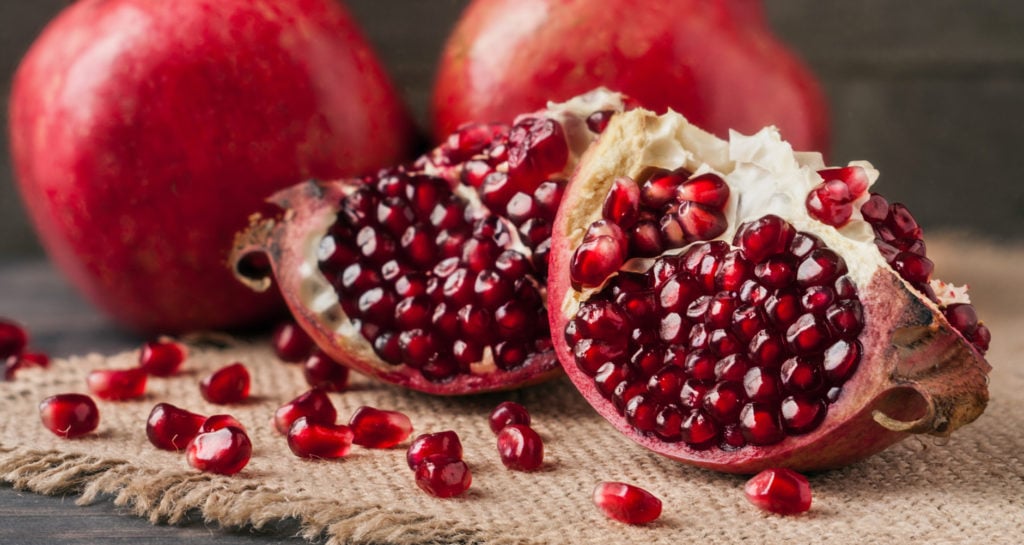
Pomegranates are often hailed as the “most powerful antioxidant of all fruits.” Among the oldest known fruits, they originated in ancient Persia and serve as an excellent source of dietary fiber and vitamin C. Additionally, they provide vitamin B6, potassium, magnesium, and iron. As potent antioxidants, pomegranates are healthlre. For a visually appealing, tart, crunchy, and highly nutritious treat, try adding fresh pomegranate seeds to a citrus fruit salad.
7. Brussels Sprouts
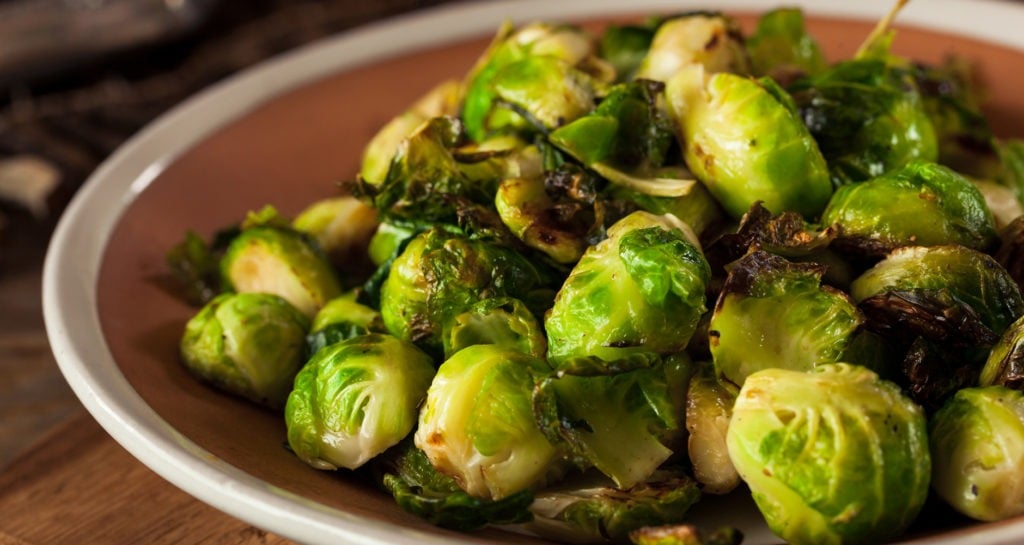
Brussels sprouts have made a remarkable comeback, thanks to proper preparation methods circulating on cooking websites. Not only are they incredibly tasty when roasted, but they also boast an impressive nutritional profile. These little vegetables are an excellent source of fiber, rich in protein, and provide more than 100% of the recommended daily intake of vitamins C and K. Additionally, they are a good source of vitamin B6, folate, manganese, and iron. Quite an impressive feat for such a small veggie!
8. Blueberries
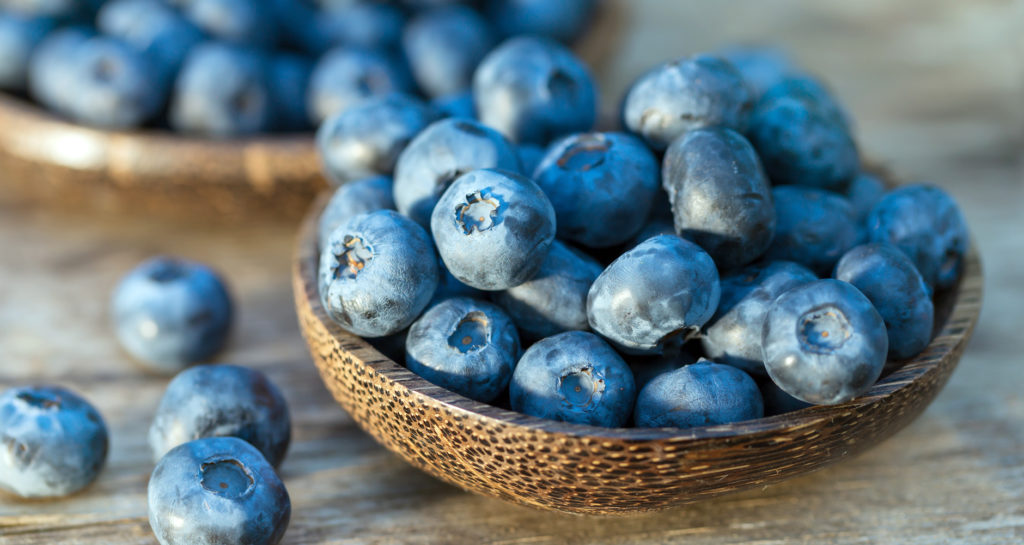
There’s a reason blueberries consistently rank high on the superfood list — because they contain an astounding number of health benefits. When it comes to eating your colors, “blue” is super. Blueberries are high in antioxidants, vitamins C, K, and B6, as well as minerals such as phosphorous and manganese. They’re high in fiber and low in calories, and have practically no fat, as well. This makes them perfect for satisfying your appetite and sweet tooth, managing your cholesterol and weight, and maintaining your digestive regularity and heart health. Whether you enjoy high-bush blueberries (pictured) or the low-bush wild variety, both are available in your grocer’s freezer year-round, and frozen are just as beneficial as fresh. Use them in smoothies, pancakes, and muffins, and pies. Check out our winning blueberry recipes!
9. Beets
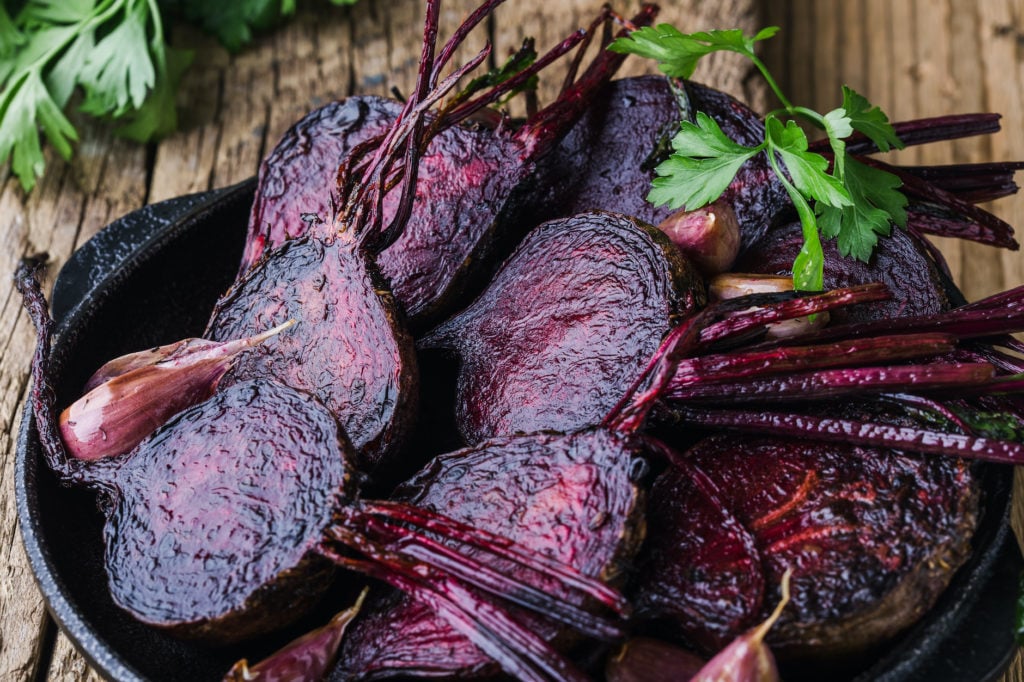
These root vegetables boast numerous nutrients and health benefits. Rich in vitamin C, dietary fiber, and essential minerals such as potassium, manganese, and folate, beets effectively lower blood pressure, prevent inflammation, and fight cancer. Moreover, they assist in detoxifying the body by purifying the blood and liver. Don’t overlook beet greens either – they contain more iron than spinach and offer greater nutritional value than beetroot. Packed with protein, phosphorus, zinc, magnesium, potassium, copper, manganese, vitamins A, B6, C, K, calcium, iron, and dietary fiber, beet greens strengthen immune function and bones while helping to prevent Alzheimer’s disease.
10. Garlic
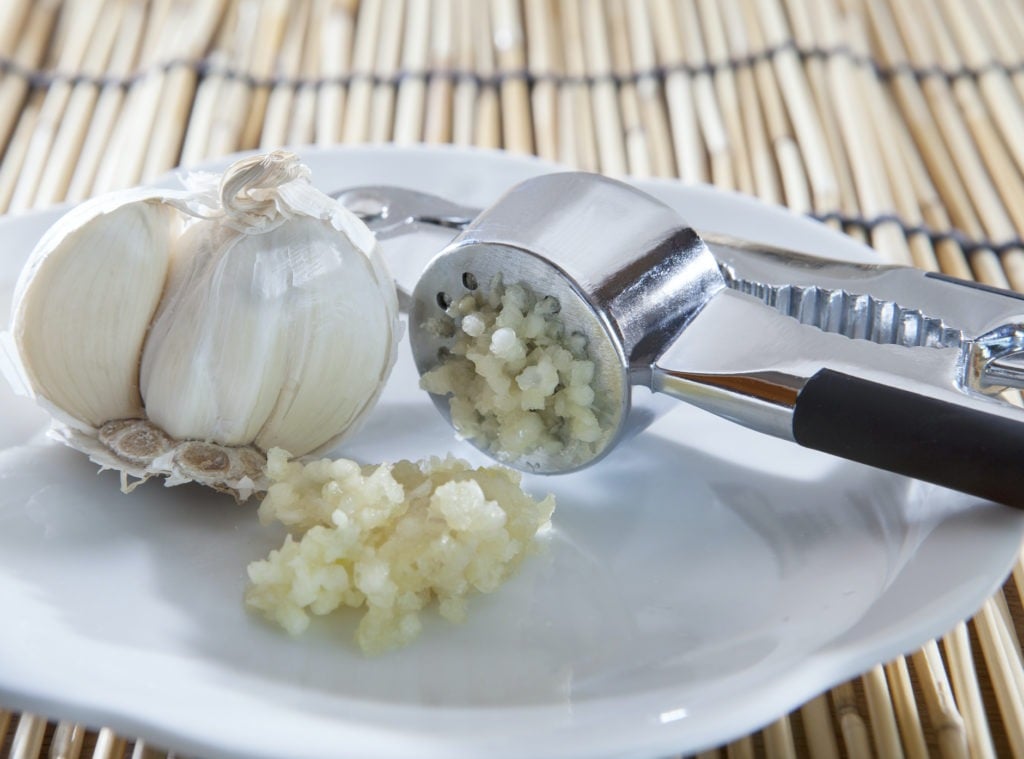
Wintertime is an ideal season to incorporate more garlic into your diet, as colds and flu are widespread. Consuming crushed raw garlic provides an excellent source of selenium, germanium, and sulfhydryl amino acids (a form of sulfur), all of which contribute to a healthy immune system. This natural antibiotic effectively treats candidiasis, colitis, urinary tract infections, bronchitis, and pneumonia. To maintain good health during cold and flu season, many individuals include garlic in their diets. It’s essential to consume garlic before getting a cold, as it helps to combat the illness but cannot cure it. Why not try making a delicious batch of cheesy garlic bread?
With assistance from freelancer Deborah Tukua
Related:
Healthy Reasons to Eat Cranberries
This article was published by the staff at Farmers' Almanac. Do you have a question or an idea for an article? Contact us!







My wife would roast beets & Brussels sprouts together on a cookie sheet with a little butter & a generous sprinkling of Cajun seasonings. And we liked to put beet greens in salad.
Yum! Roasted beets and Brussels are thanks for sharing.
May need to try that out, thanks for suggestion